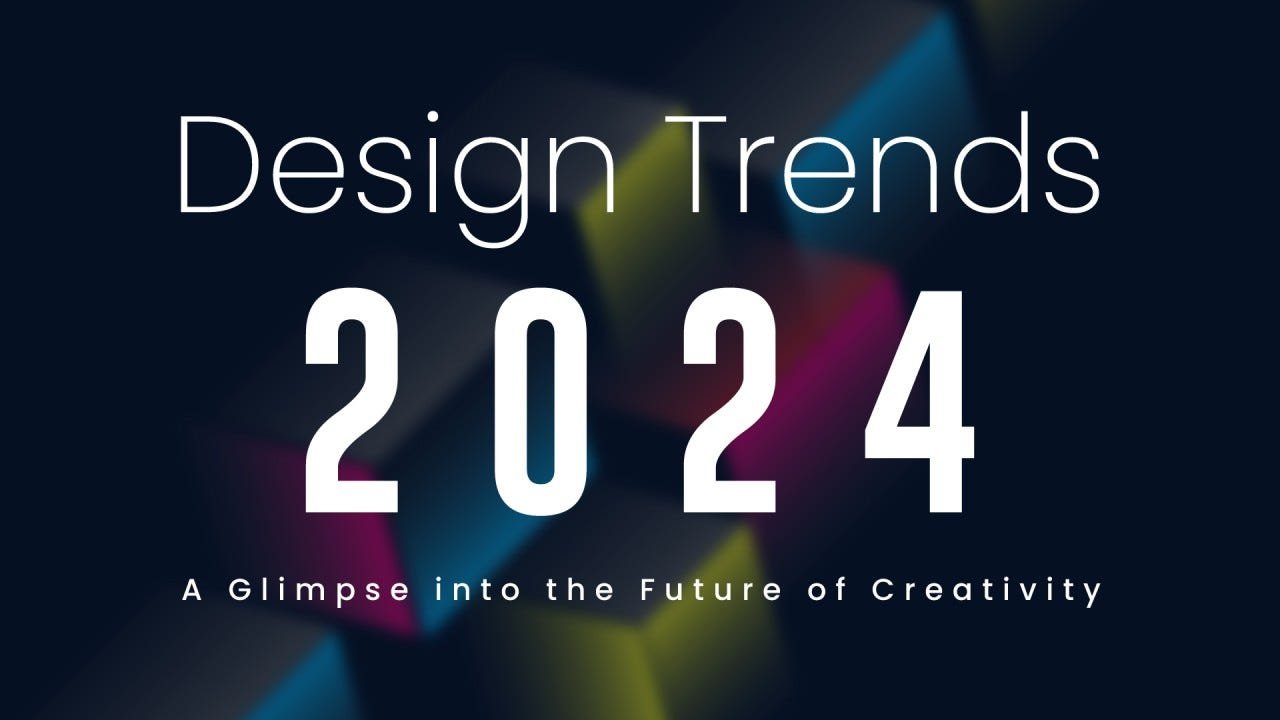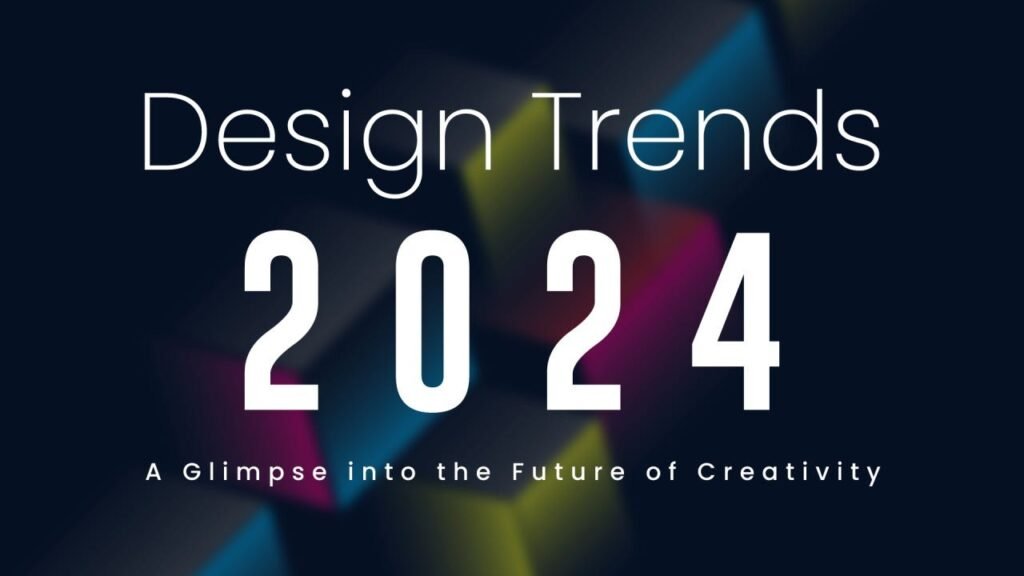
As mobile browsing continues to dominate internet use worldwide, staying updated with the latest mobile web design trends has become essential for businesses, designers, and developers alike. With constant technological advances and evolving user expectations, 2024 promises exciting and innovative trends that push the boundaries of mobile web design, aiming for higher engagement, faster performance, and more interactive user experiences. Here’s a closer look at the top mobile web design trends shaping this year.
1. Dark Mode and Dynamic Themes
Dark mode has been a popular choice for years, but in 2024, it’s evolved. Now, mobile web designs feature dynamic themes that adjust automatically based on time of day, lighting, or user preference. Not only does dark mode provide visual relief by reducing eye strain, but dynamic themes also offer a personalized experience, adapting to a user’s environment in real time. Websites that provide these options enhance user satisfaction and encourage longer browsing times.
- Benefits: Reduces eye strain, saves battery life, creates a more modern look
- Examples: Many news and content websites have adopted automatic theme-switching based on device settings

2. Minimalist and Clean Layouts
Simplicity is key in 2024, as users appreciate minimal, clutter-free interfaces. Mobile screens have limited space, so clean layouts with ample white space and clear navigation enhance usability. Minimalism not only improves readability but also allows for faster loading times, which is crucial for mobile users on the go. Designers focus on essential elements, removing anything that might distract from the main purpose of the page.
- Key Elements: Large typography, fewer colors, straightforward navigation
- Purpose: Allows for quicker user decisions and enhances the browsing experience
3. Micro-Interactions and Animated Feedback
Micro-interactions add life to mobile interfaces by giving users immediate feedback on their actions. These tiny, purposeful animations – like a heart button bouncing when clicked or a swipe animation to delete – provide subtle cues that make the app feel responsive and polished. In 2024, designers are leveraging animations that are minimal yet meaningful, aiming to guide users without overwhelming them.
- Why It Works: Provides users with feedback, making the interaction feel satisfying and natural
- Examples: Button presses, loading animations, form field indicators
4. Voice User Interface (VUI) Integration
With the rise of virtual assistants like Siri, Google Assistant, and Alexa, voice interactions are becoming more common. Many websites now offer voice-activated search and navigation, making mobile browsing easier, especially for people on the move. VUI allows users to speak instead of type, enhancing accessibility and providing an alternative way to engage with content.
- Key Features: Voice search, voice-activated commands, personalized voice prompts
- Impact: Helps make mobile browsing more accessible and convenient
5. Augmented Reality (AR) Experiences
Augmented Reality (AR) is revolutionizing how users interact with mobile web content. AR allows brands to deliver immersive experiences, letting users visualize products in their physical environment through their phone camera. In 2024, AR is widely used across various industries, from fashion to real estate, helping users make more informed decisions before purchasing or committing.
- Use Cases: Virtual try-ons for fashion items, viewing furniture in rooms, interactive advertisements
- Benefits: Increases engagement and enhances decision-making by allowing a “try-before-you-buy” experience
6. One-Page Scrolling and Vertical Navigation
One-page scrolling, a trend that originated in mobile web design, remains popular in 2024. This layout approach provides a seamless experience by placing all the essential information on a single, scrollable page. With vertical navigation, users can quickly swipe to access different sections, reducing the need to load multiple pages. This trend works particularly well for storytelling, portfolio sites, and landing pages, where linear navigation is beneficial.
- Advantages: Faster loading times, easy navigation, cohesive storytelling
- Common Applications: Portfolios, service pages, product launches
7. Adaptive Content for Foldable and Multi-Screen Devices
Foldable smartphones and multi-screen devices are becoming more common, which calls for flexible, adaptive design techniques. In 2024, mobile web design includes layouts that adapt to unique screen configurations, offering seamless experiences across various devices. Websites can rearrange or resize elements based on the device’s screen orientation and size, improving usability and taking advantage of the larger or split-screen formats.
- Key Adaptations: Screen splitting, resizing elements, responsive grid layouts
- Why It’s Trending: Optimizes content for modern device capabilities, offering a unique user experience
8. AI-Powered Personalization
Artificial Intelligence (AI) is playing a big role in delivering personalized content in mobile web design. By analyzing user behavior, AI can offer customized recommendations, adaptive layouts, and even targeted visual elements based on individual preferences. AI-based personalization helps keep users engaged and can significantly improve conversion rates by tailoring the experience to what users are most interested in.
- Popular Implementations: Content recommendations, adaptive layouts, personalized notifications
- Why Users Love It: Feels more relevant and increases engagement by presenting content that matches user interests
9. Faster Loading Times and Progressive Web Apps (PWAs)
Loading speed is critical for mobile users, and slow load times can lead to high bounce rates. Progressive Web Apps (PWAs) are web applications that load quickly and can even function offline. They combine the best aspects of websites and apps, delivering a smooth, app-like experience without needing a download. PWAs are designed to be lightweight and fast, reducing the load on devices while providing advanced functionality.
- Key Benefits: Offline access, faster loading, improved engagement
- Why It’s Popular: Provides a better user experience without requiring a dedicated app
10. Advanced Gesture Controls
Mobile users have come to expect intuitive gesture controls like swipes, pinches, and long-presses to interact with content. Designers in 2024 are creating experiences that rely more heavily on gestures, reducing the need for excessive buttons and menus. Gesture-based navigation makes for a smoother, more engaging experience, especially for apps and mobile websites where simplicity is key.
- Common Gestures: Swipe for navigation, pinch to zoom, long-press for options
- Benefits: Enhances usability by providing a natural and intuitive browsing experience
11. Rounded Corners and Organic Shapes
Gone are the days of sharp, angular edges. Rounded corners and organic shapes are trending in 2024 because they feel more natural and approachable, giving websites a friendly, modern feel. Organic shapes can be seen in buttons, card designs, and even background elements, creating a more fluid and engaging interface. The trend is inspired by nature, making web design look less mechanical and more relatable.
- Why Rounded Corners: Softer on the eyes, provides a smooth and welcoming aesthetic
- How It’s Used: Buttons, icons, containers, and borders
12. Customizable Layouts and User Control
Allowing users to control how they view content is gaining traction. Mobile sites now offer options for layout customization, letting users change between list views, grid views, or even modify font sizes for easier reading. By allowing this flexibility, mobile websites cater to individual preferences, enhancing accessibility and making the experience more user-friendly.
- Options for Users: Adjusting font size, switching layouts, enabling night mode
- Impact: Provides a personalized experience and improves accessibility for users
13. Storytelling Through Vertical Video and Multimedia Content
With the popularity of TikTok, Instagram Reels, and other short-video platforms, vertical video content is now a staple in mobile web design. Websites are integrating videos that users can scroll through vertically, making the content consumption feel native and natural. By using multimedia storytelling, brands can convey their message more vividly, engaging users on a deeper level than static images or text.
- Popular Uses: Product demos, behind-the-scenes, customer testimonials
- Benefits: Keeps users engaged and makes content easy to digest
14. Passwordless Login and Improved Security
Mobile web design in 2024 also emphasizes security with user-friendly solutions like passwordless login. Many sites now allow authentication via biometrics (fingerprint, facial recognition), magic links sent to email, or social login options. This not only streamlines the login process but also enhances security, as users are no longer required to remember passwords, reducing the risk of data breaches.
- Why It’s Important: Simplifies access, reduces friction for users, improves security
- How It’s Done: Biometrics, magic links, two-factor authentication
15. Sustainable and Energy-Efficient Design
As users become more environmentally conscious, sustainable web design practices are emerging. This includes creating lightweight websites that consume less energy and optimizing assets to reduce data usage. In 2024, mobile web design is considering eco-friendly practices by choosing simpler graphics, minimizing animations, and implementing dark themes that use less battery life on OLED screens.
- Green Design Principles: Lightweight graphics, dark mode, reduced animations
- Why It’s Trending: Appeals to eco-conscious users and supports sustainable practices
Conclusion
2024 is a year of innovation, accessibility, and personalization in mobile web design. From dynamic themes and AR experiences to AI-driven personalization and sustainable practices, these trends aim to provide users with more engaging and customized interactions. As mobile technology continues to evolve, these design trends will shape the digital landscape, creating mobile web experiences that are not only beautiful but also practical, intuitive, and future-ready.
FAQs
1. Why is dark mode popular in mobile web design?
Dark mode reduces eye strain, conserves battery life, and provides a modern, sleek aesthetic. Many users now prefer it as a standard feature.
2. How does augmented reality benefit mobile websites?
AR allows users to interact with products and spaces virtually, creating a “try-before-you-buy” experience that increases engagement and aids in decision-making.
3. What are PWAs, and why are they trending?
Progressive Web Apps provide an app-like experience on a website, offering fast loading times, offline functionality, and a smoother browsing experience without a dedicated app.
4. What are micro-interactions in mobile web design?
Micro-interactions are small animations or visual cues that respond to user actions, like button clicks or swipes, making the interface feel more interactive and responsive.
5. How does AI influence mobile web design in 2024?
AI enables personalized content, recommendations, and adaptive layouts based on user behavior, making the mobile web experience more relevant and engaging.





